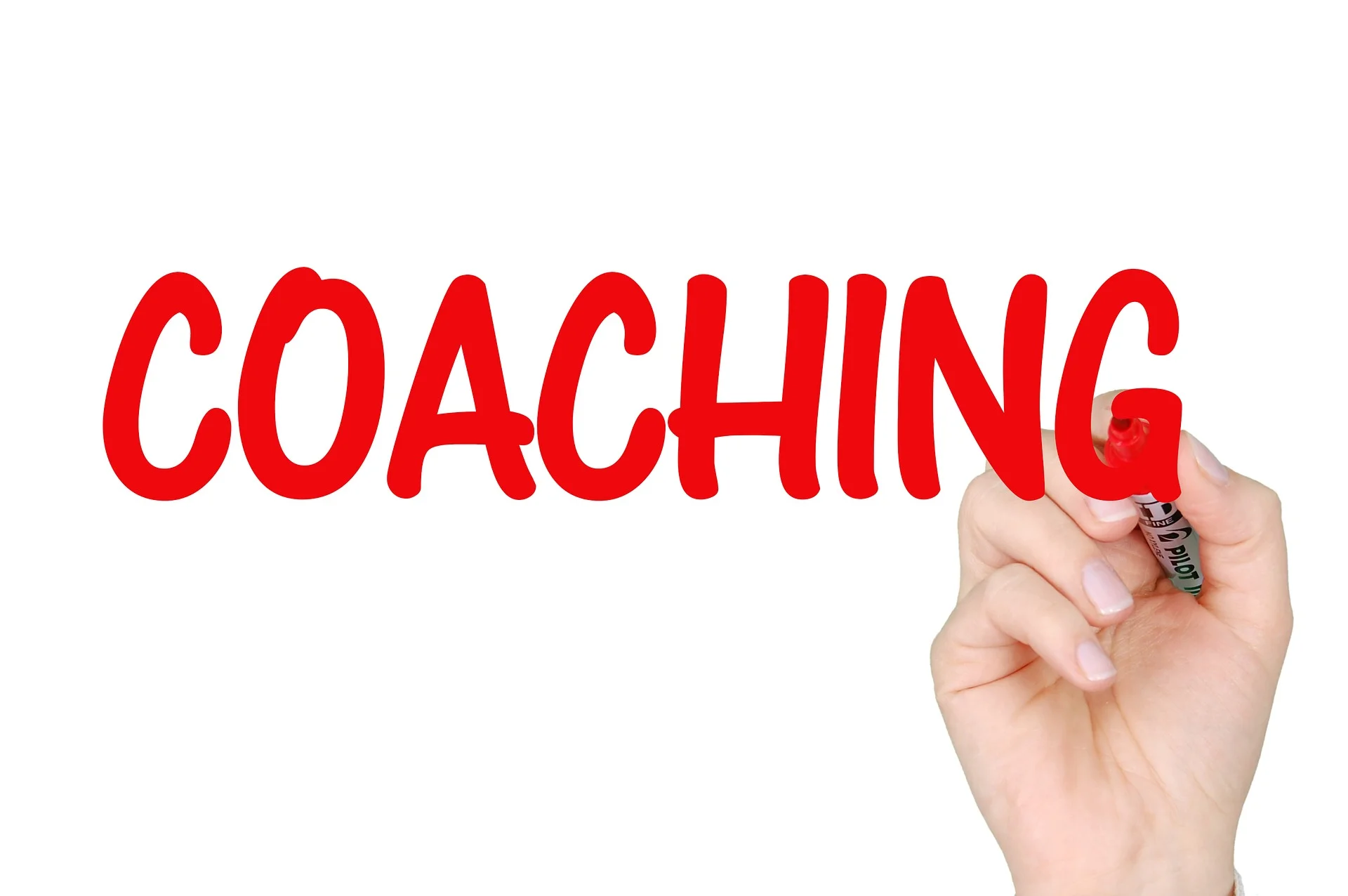The other day I sat down with a college student who wanted to conduct an informational interview with me. She wanted to know more about a career in coaching, and her first question was “What do you do in a coaching session?” Friends have asked me variations on that question, too.
Coaching is not magic. It’s just one person trained to listen and ask powerful questions helping another person get unstuck and find a way forward. It’s just a conversation, and it is one that is shaped by the client’s needs.
Each session varies, but most sessions follow a basic format. When we begin working together, clients provide me with a set of goals they want to work on in coaching. Usually, these are short-to-mid-range goals: 90-day goals or six-month goals. These “big picture” goals guide our ongoing work together; we return to those every few weeks to be sure that a) we are still on track toward those goals and that b) those goals are still relevant. After all, sometimes goals need to be revised.
Before each coaching session, the client sends me a call focus form which outlines progress made toward goals since our last session, places where the client is feeling “stuck”, and then lists what the client wants to work on in the current session. In each session, we spend some time celebrating what has been accomplished, talk about why the client got stuck on certain projects, and then spend the bulk of the time talking about the things the client wants to focus on today.
I work with clients who fall into one of two broad categories. The first group are people navigating transition--people who have decided that something major in their lives has to shift—a new career, a new business, better work-life balance, more effective skills for coping with major responsibilities, or finding strategies to better align their work with their values and goals. They may be coping with an empty nest or an unexpected change like loss of job or loved one, or it may be a welcome change like a long-awaited promotion. Either way, these clients need help in navigating the transition—the inner process of coping with change.
I also work with many folks with an academic background: graduate students, faculty members, administrators. Some of them are managing the academic job search process. Others are mid-career folks who need to find better strategies for managing workplace demands in order to achieve tenure or promotion, navigating tricky interpersonal relations at work, or achieving some work-life balance. Still others are people who want to make a career transition—within or outside the traditional academic path.
Whatever the challenges the client is seeking help with, sessions are tailored around the individual’s needs. For example, a few months back, I was working with a client I’ll call Sarah. Sarah has had a successful career, working in various roles for non-profit agencies. But she had never had much of a career plan; she has a wide variety of interests, and she has moved from job to job as opportunities have presented themselves. Now she wanted to be more deliberate about her next career move, but she wasn’t sure how to identify fields and organizations that might interest her, much less package her skills and experience in a coherent way that would seem appealing to a potential employer. In our early sessions, I asked Sarah to complete some exercises that identified common themes and threads in her career. Then we worked on developing an “elevator speech,” a brief statement of who Sarah was as a professional that she could use when meeting people who asked that ubiquitous question, “So what do you do?” Then we moved on to sessions focused on identifying organizations that Sarah found interesting and people whose jobs she found intriguing. Sarah’s homework was to interview those people and research those organizations as she moved toward a targeted job search that would allow her to take the next step in her career.
Another client, who I’ll call Jim, was in his fourth year as a faculty member at a major university. While he liked some aspects of the job, interpersonal tensions in his department were making daily life unpleasant. To make matters worse, Jim was finding it hard to juggle all the work that came his way. Academics have a lot of autonomy, and that autonomy can be a double-edged sword. Nearly every week, someone asked Jim to collaborate on a new grant proposal, to join a new university teaching initiative, to write an essay for a book that is only peripherally related to Jim’s main research interests. Jim was flattered to be asked to do all these things; after all, they signaled that the people respected him and wanted to work with him. But with the flood of requests for his time, Jim was having trouble focusing on his teaching and his own research priorities. In my sessions with Jim, we took a two-pronged approach: we spent part of each session talking about Jim’s interactions with his difficult colleagues and strategies for managing those relationships, and we then spent part of the session talking through Jim’s priorities and developing some strategies for evaluating which new projects he should take on and how to manage the workload.
As a coach, I have no vested interest in what choices the client makes, so I’m free to listen, to ask a lot of clarifying questions, and to help the client set her own priorities. Sometimes, I joke that my job as a coach is to give the client permission to do something they’ve known for ages that they need to do. But that’s not really a joke: helping clients give themselves permission to make change is part of my job. We’ve all been in situations in which we knew what it would take to get our wheels turning again, but some voice in the back of our minds kept telling us what we “should” do. As a coach, I help you talk back to that voice and move on.


